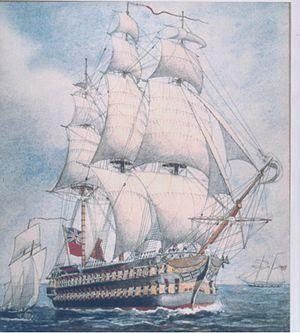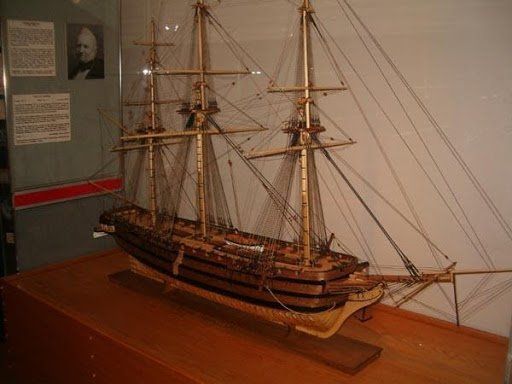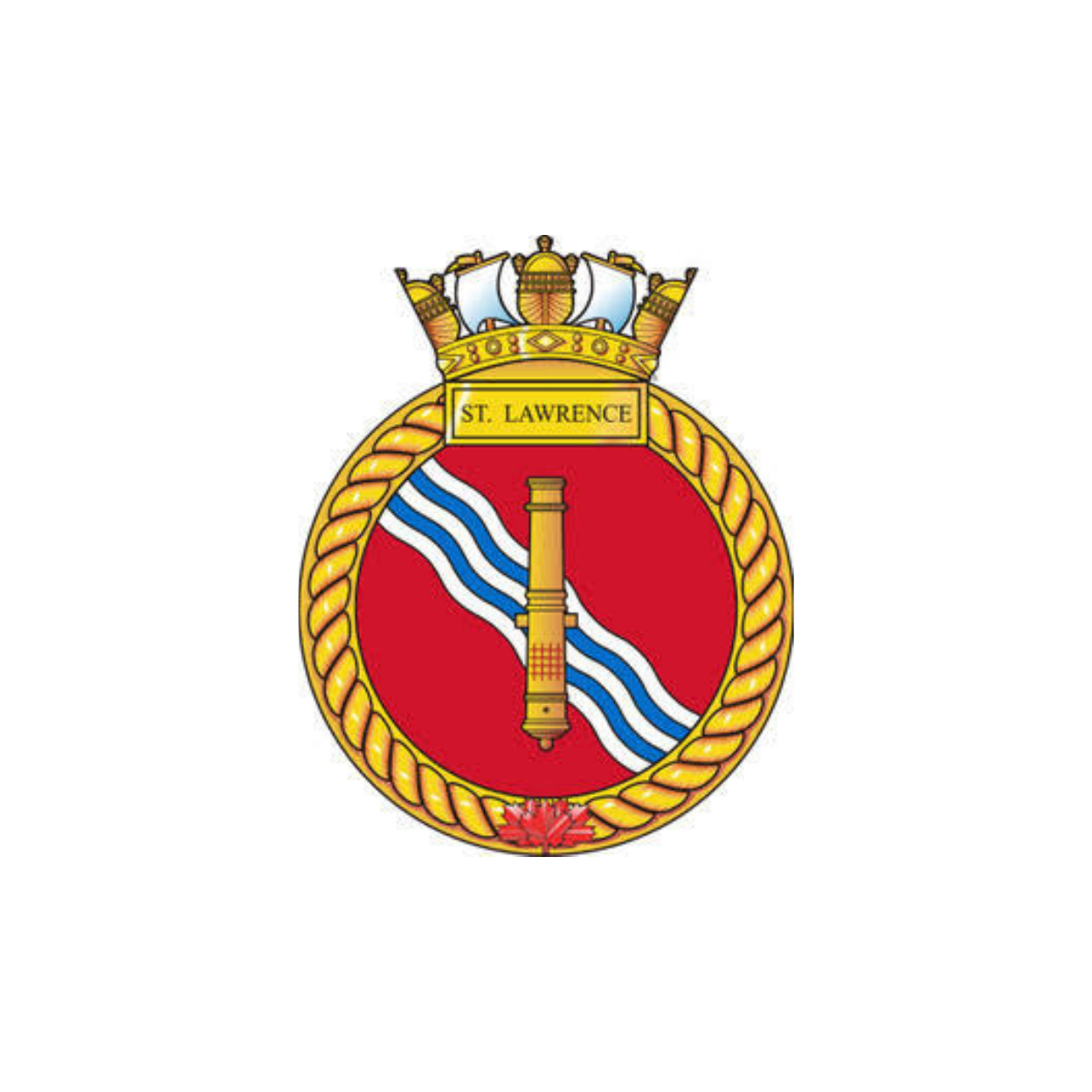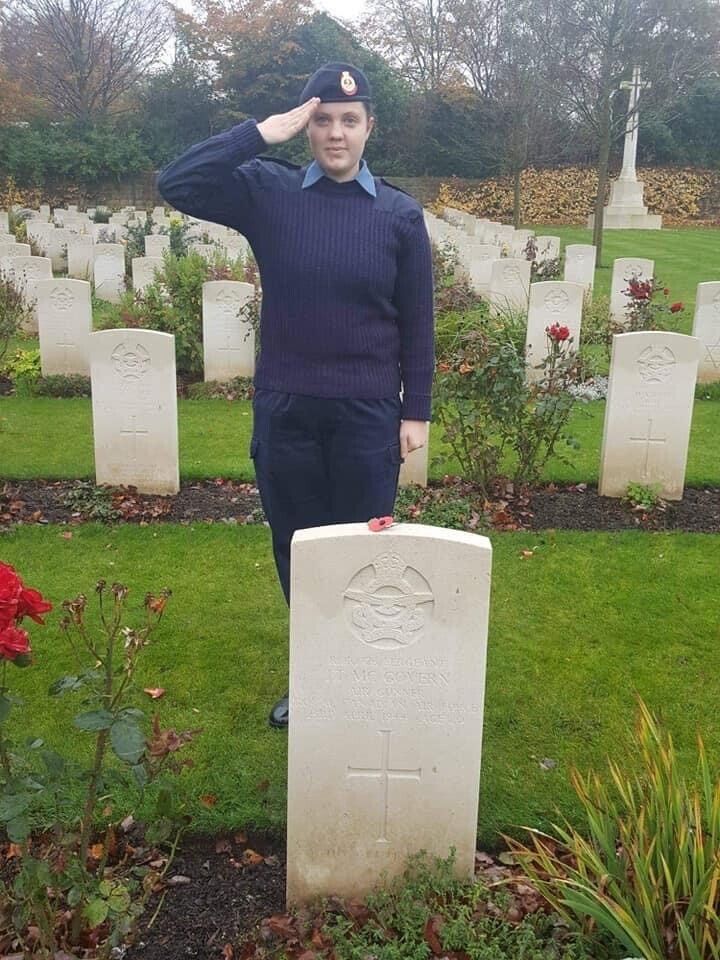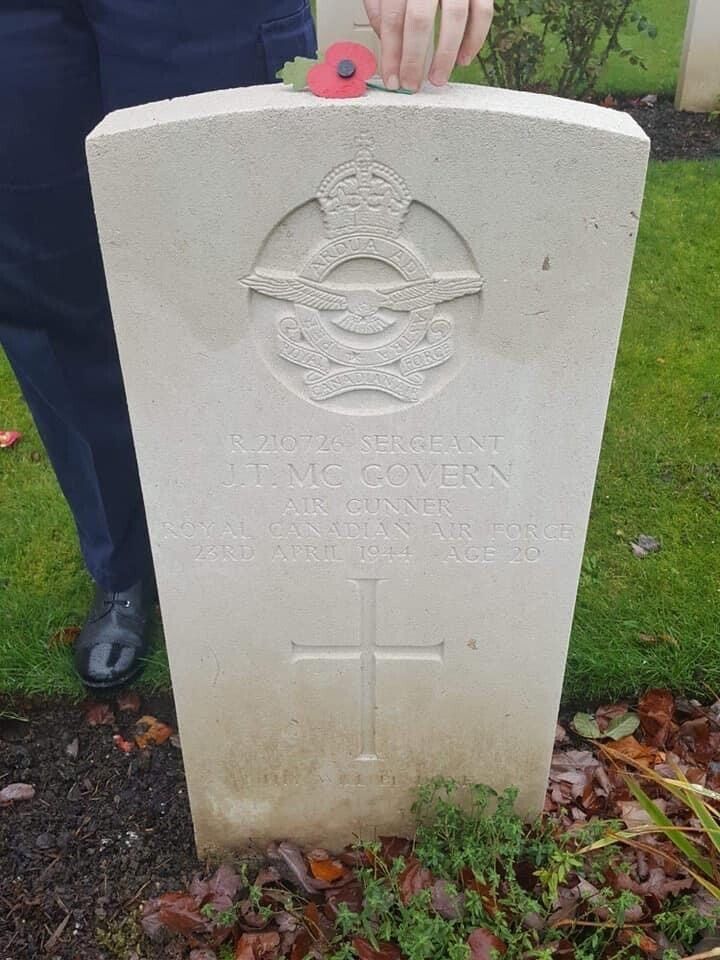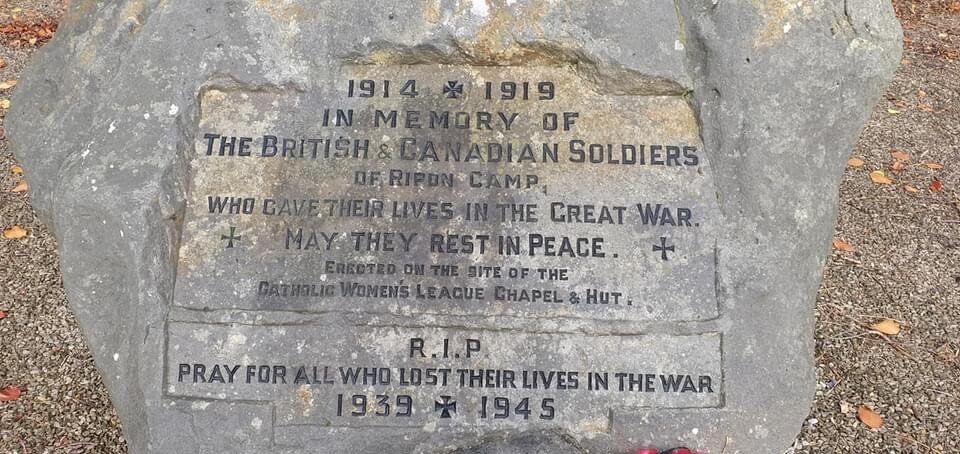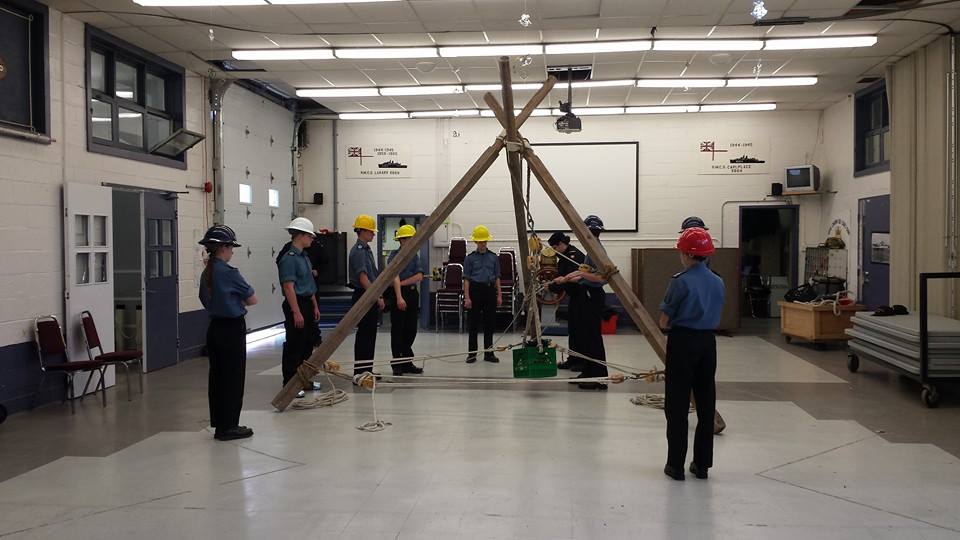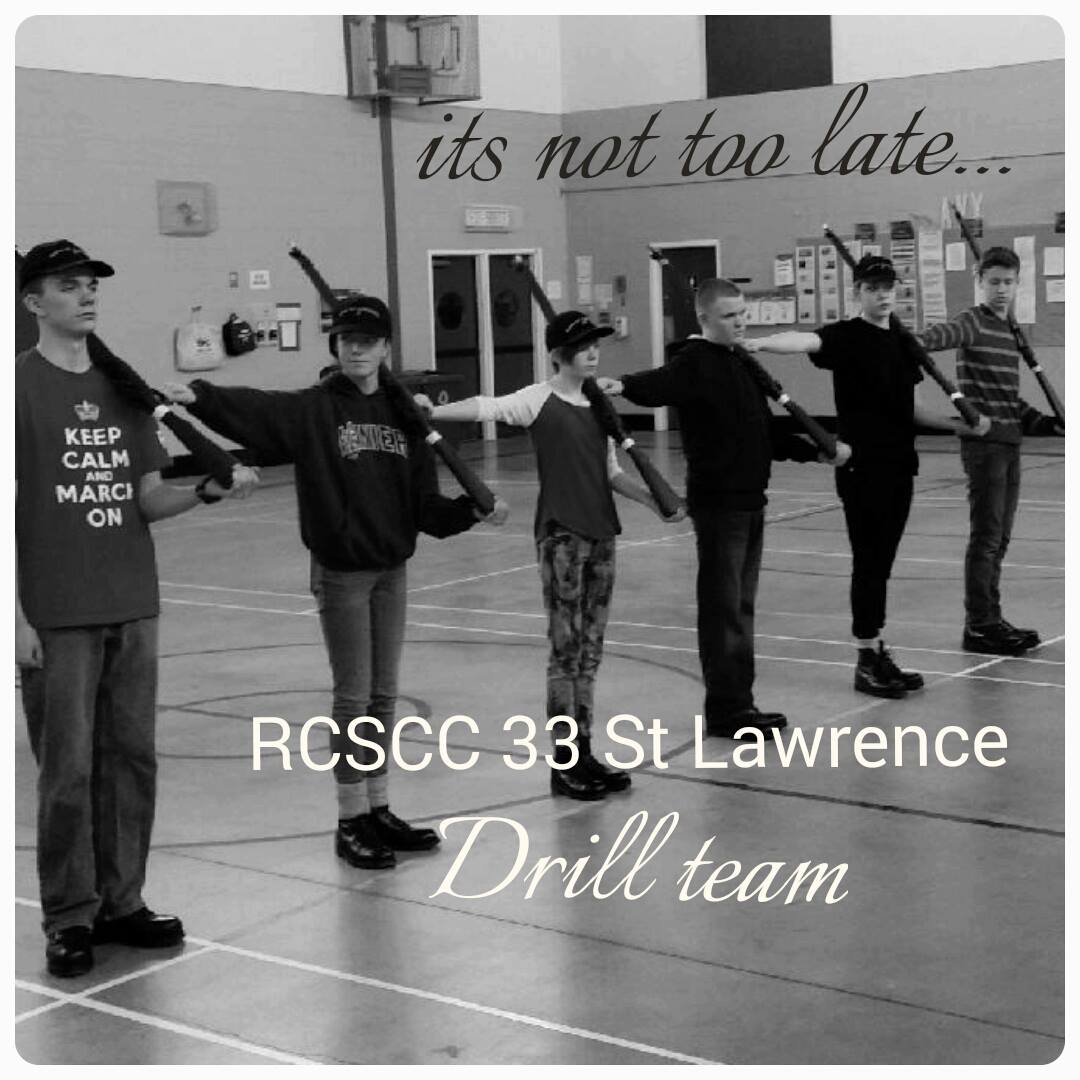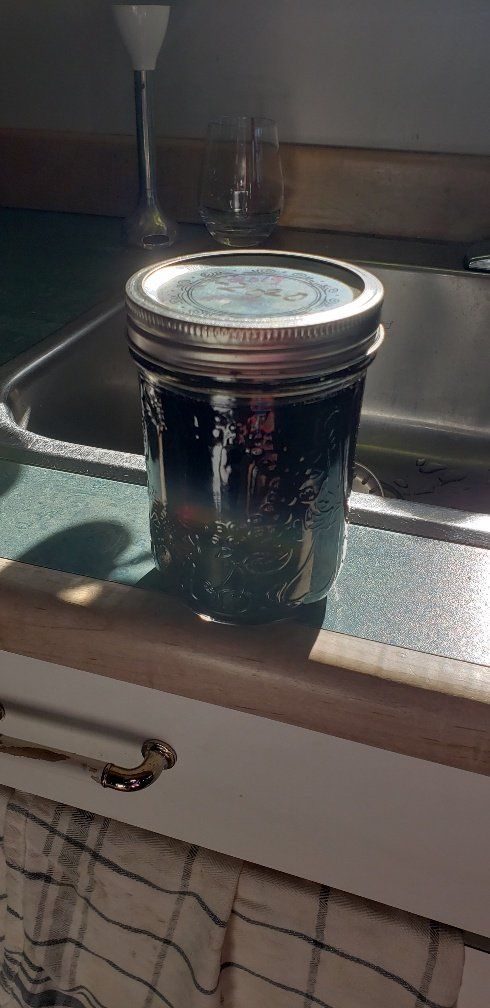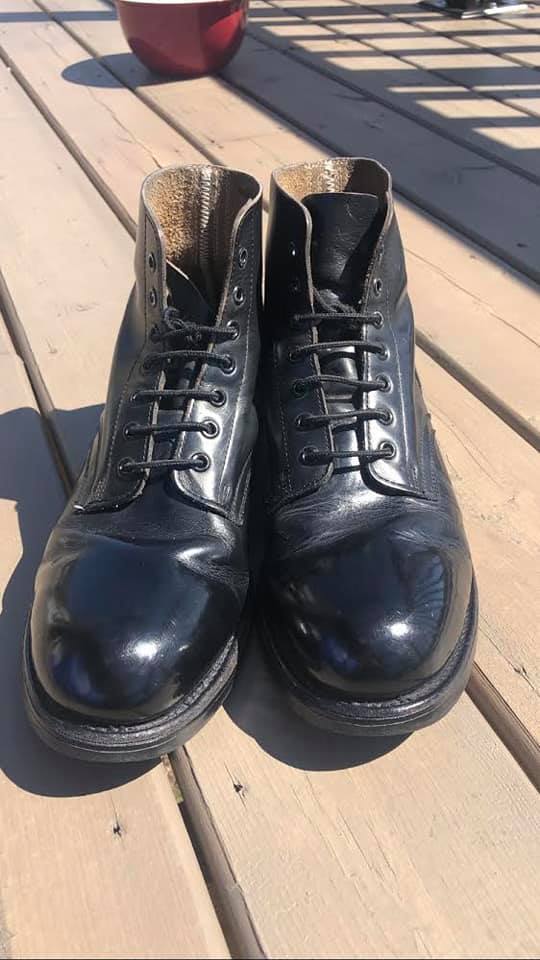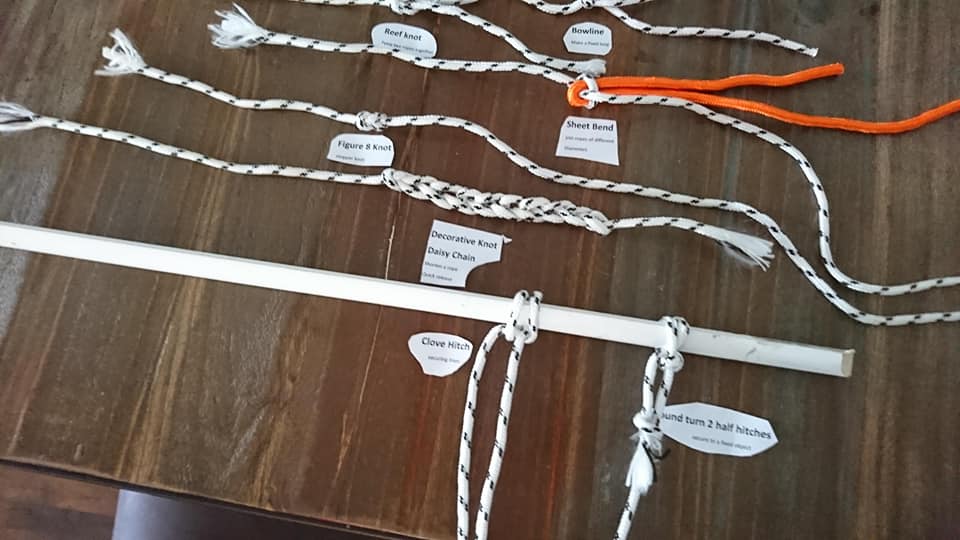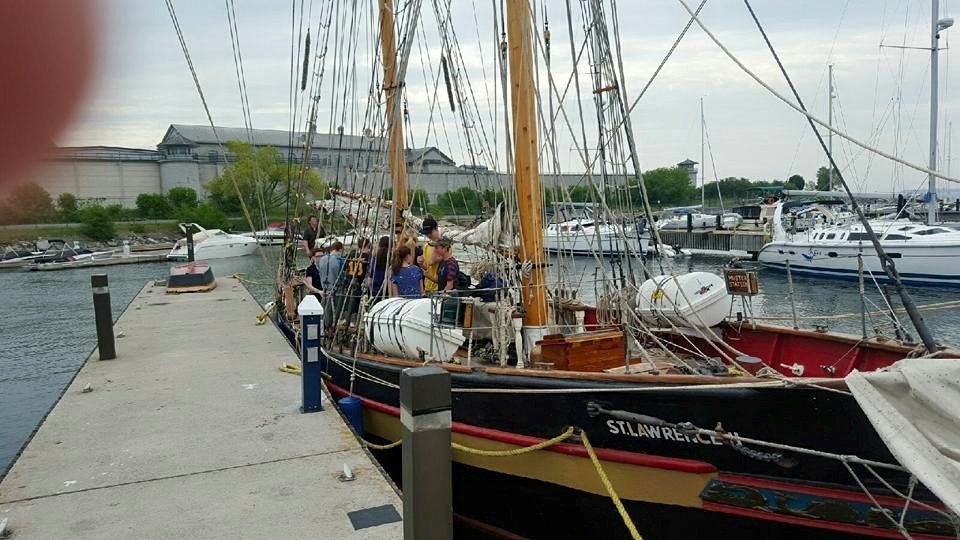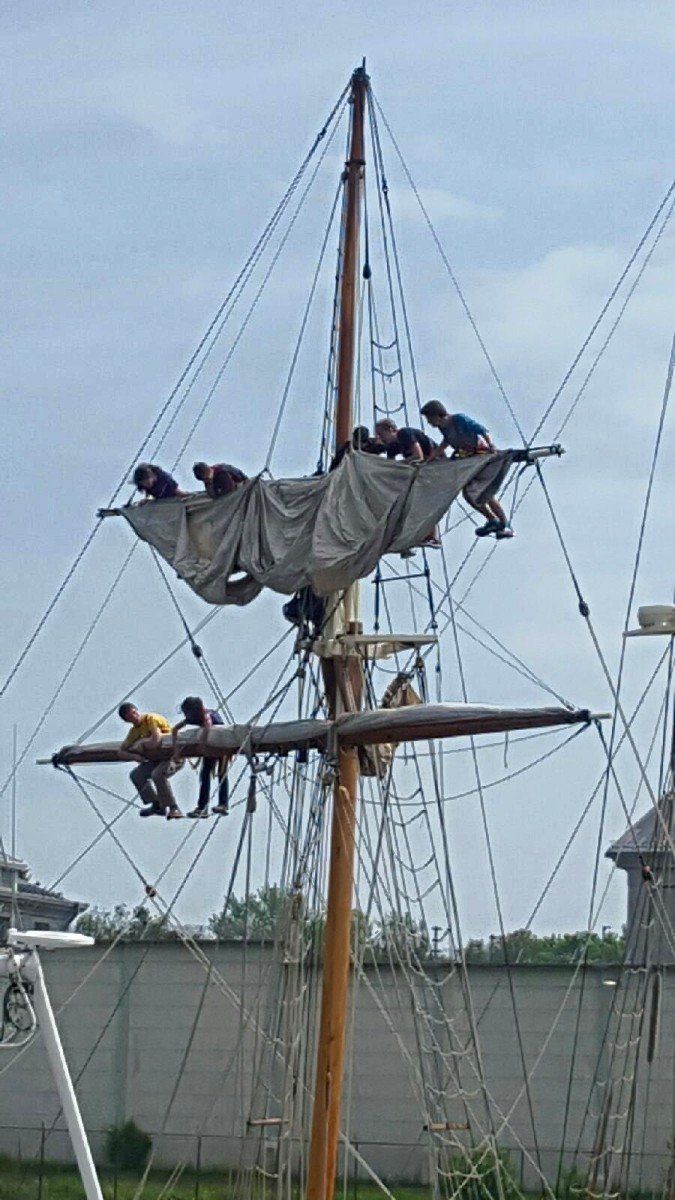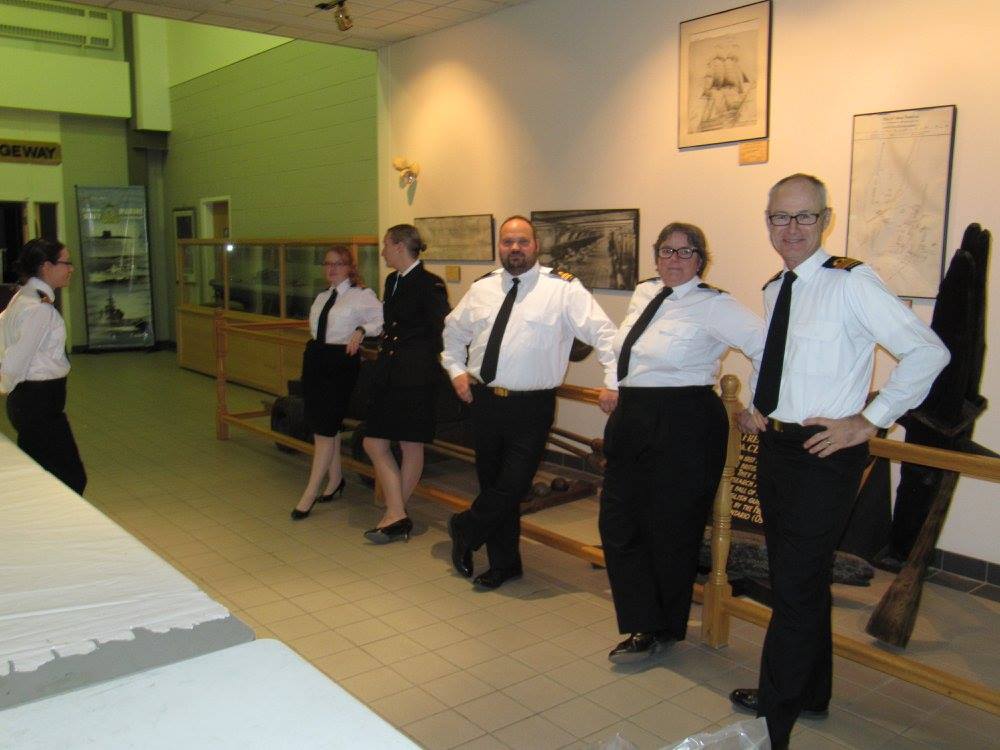ABOUT RCSCC ST. LAWRENCE
Royal Canadian Sea Cadet Corps (RCSCC) St Lawrence was founded November 1942. The corps shared accommodations with HMCS Cataraqui, the Naval Reserve Division, at the Montreal Street Armouries and Artillery Park, located at 100 Montreal Street.
RCSS St Lawrence followed HMCS Cataraqui to its current location, at 24 Navy Way, Kingston when the new Reserve facilities were completed.
HISTORY OF OUR NAME
HMS St Lawrence was a 112-gun first-rate wooden warship of the Royal Navy that served on Lake Ontario during the War of 1812. She was the only Royal Navy ship-of-the-line ever to be launched and operated entirely in fresh water.
HMS St Lawrence was the largest warship ever built on the Great Lakes during the age of sail.
Career: British naval commodore Sir James Lucas Yeo commissioned her as his flagship, with Captain Frederick Hickey as Flag Captain.
At the time, Lake Ontario was effectively landlocked for any but the smallest vessels, due to shallow water and rapids on the St Lawrence River downstream and Niagara Falls upstream. As a result, warships operating on Lake Ontario had to be built on site, either in Kingston or in the American naval dockyards at Sackets Harbor, or converted from merchant ships already operating in the lake.
HISTORY OF OUR CREST
BLAZON:
Gules, a bend wavy Argent charged with two like ribands Azure and over all the barrel of a ship's gun palewise muzzle upwards Or, charged upon the breech with a gridiron of the first.
SIGNIFICANCE:
The red background symbolizes the strong British loyalties of the early Kingston settlers, while the wavy band represents the St Lawrence River. The gun signifies the original ship of the name, HMS ST LAWRENCE, built in Kingston in 1813 and at the time the largest warship afloat. The gridiron on the breech is the ecclesiastical symbol of St Lawrence, a famous third-century Christian martyr, who is said to have been executed by being slowly burned to death on a gridiron.
NOTES:
RCSCC St Lawrence, Kingston, Ontario
ARTIST:
LCdr Steve Cowan, Area Cadet Instructor Cadre Officer (Sea), Vancouver Island
WHAT'S BEHIND OUR DIVISION NAMES
In March 1842 the Erebus and Terror came close to destroying each other. Erebus was suddenly forced to turn across Terror's pass in order to avoid crashing headlong into an iceberg which had just become visible through the snow. Terror couldn't clear both Erebus and the iceberg, so a collision was inevitable. The ships crashed violently together and their rigging became entangled. The impact floored the crew members while masts snapped and were torn away. The ships were locked in a destructive stranglehold at the foot of the iceberg until eventually Terror surged past the iceberg and Erebus broke free.
In 1845, explorer Sir John Franklin set sail from England with two ships, HMS Erebus and HMS Terror, in search of a Northwest Passage across what is now Canada's Arctic. The ships and crew were last seen by Inuit on King William Island and never returned to England. Their apparent disappearance, prompted a massive search that continued unsuccessfully for nearly 170 years.
TERROR DIVISION
HMS Terror was a specialized warship and a newly developed bomb vessel
constructed for the Royal Navy
in 1813. She participated in several battles of the War of 1812. She was converted into a polar exploration ship two decades later, and participated in George Back's Arctic expedition of 1836–1837, the successful Ross expedition
to the Antarctic
of 1839 to 1843, and Sir John Franklin's ill-fated attempt
to force the Northwest Passage
in1845, during which she was lost with all hands along with HMS Erebus.
EREBUS DIVISION
Labourers at the Pembroke dockyard built the broad-hulled warship and sent it
HMS Erebus is a Hecla-class
bomb vessel
constructed by the Royal Navy
in Pembroke dockyard, Wales, in 1826. The length of a standard man-o’-war, she very small compared to Nelson’s 2,141 ton Victory. The vessel was the second in the Royal Navy named after Erebus, the dark region of Hades
in Greek mythology.
The 372-ton ship was armed with two mortars—one 13 in (330 mm) and one 10 in (254 mm)— and 10 guns. The ship took part in the Ross expedition
of 1839–1843, and was abandoned in 1848 during the third Franklin expedition. The sunken wreck was discovered by the Canadian Victoria Strait expedition
in September 2014.
HMS Erebus was the last but one of the warships known as bomb vessels, able to fling shells over coastal defences.

